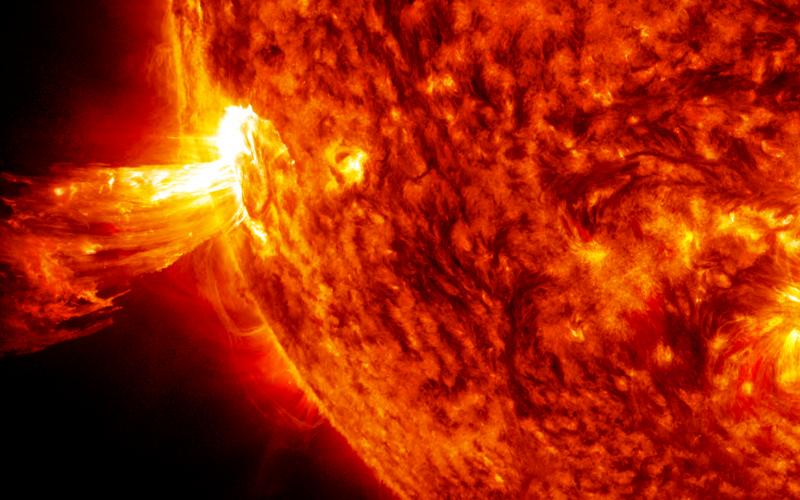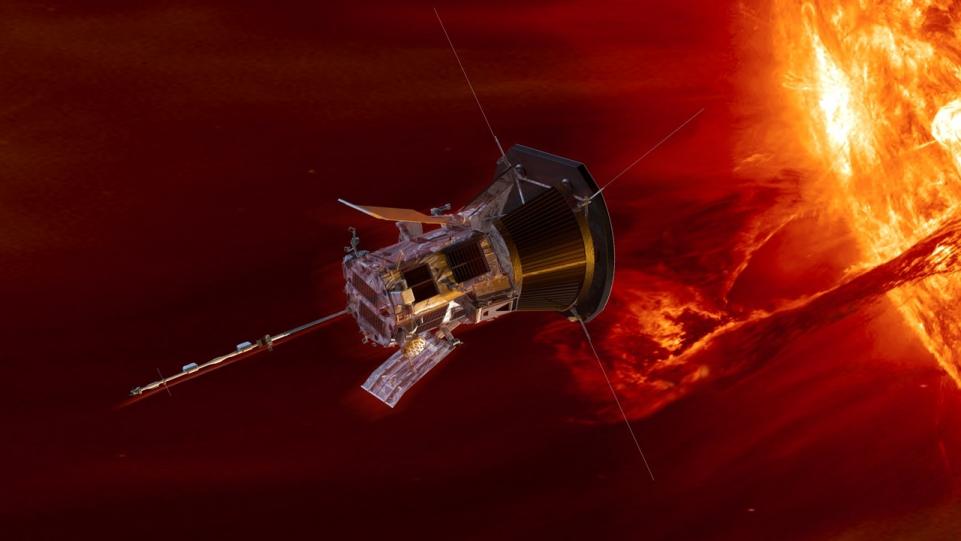 On Tuesday, March 15, the world lost a pioneer in astrophysics. Dr. Eugene Parker passed away early last week at the age of 94.
On Tuesday, March 15, the world lost a pioneer in astrophysics. Dr. Eugene Parker passed away early last week at the age of 94.
Dr. Parker was well-known for his revolutionary research of heliophysics -- the science of the sun, and its interactions with the solar system.
In 1958, Dr. Parker wrote a paper predicting the existence of solar wind and that the sun was spewing out plasma and hot, charged particles into space. However, the paper was initially met with doubt by the scientific community as the belief until then was that space was a vacuum. Later, NASA’s Mariner 2 spacecraft mission confirmed the existence of the solar wind.
What Is Solar Wind?
 Solar winds emerge from the blazing hot surface of the sun, known as the corona. The sun’s corona, which can reach temperatures of over 6000ºF, is so hot that the sun’s gravity cannot hold it in place.
Solar winds emerge from the blazing hot surface of the sun, known as the corona. The sun’s corona, which can reach temperatures of over 6000ºF, is so hot that the sun’s gravity cannot hold it in place.
As a result, particles of electrons and protons and masses of plasma are flung off into the solar system at speeds of millions of miles per hour. The temperature, speed, and magnetic field of the ejected particles vary depending on the 11-year solar cycle. It also depends on whether the ejected particles are coming from the solar equator or other regions of the solar surface which are weaker.
Our Earth's magnetic field shields us from these particles by directing them towards the poles. Occasionally, the sun also sends out enormous eruptions of charged particles, known as coronal mass ejections (CME). CMEs can affect high-frequency radio and satellite communications. In addition, the charged particles can cause electricity blackouts, when they interact with power grids on Earth.
Parker’s discoveries did not end with solar flares - his later research studied magnetism in galaxies, cosmic rays, and a variety of topics relating to astrophysics.
Parker's Legacy
 Perhaps the most notable tribute to Dr. Parker's work is the Parker Solar Probe. This van-sized spacecraft swoops close to the Sun to take pictures of the outer steam of charged particles that escape the fiery body’s corona.
Perhaps the most notable tribute to Dr. Parker's work is the Parker Solar Probe. This van-sized spacecraft swoops close to the Sun to take pictures of the outer steam of charged particles that escape the fiery body’s corona.
In fact, earlier in 1972, Dr. Parker had proposed that countless tiny solar flares were making the corona of the sun superheated and charged. Decades later in 2020, researchers observed the possibility of nanoflares in the proximity of the corona through satellite imagery from the Parker Probe.
Dr. Parker was truly a visionary whose theories have formed the basis for modern heliophysics and have changed how we view our closest star.
Sources: NASA, Space, NYTimes, CNN









